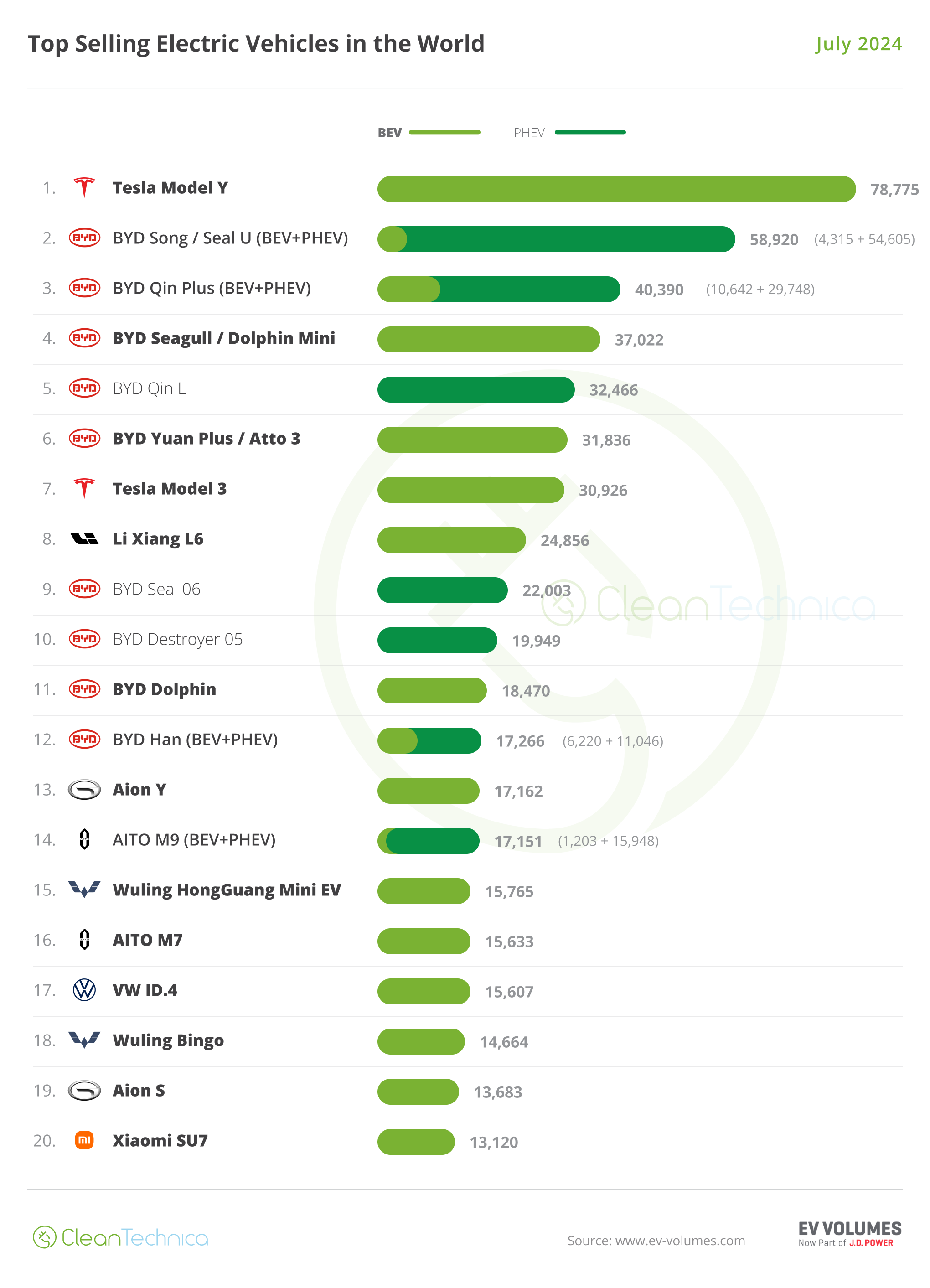The Report’s findings state that the 2023 outlook for the Canadian oil and gas industry is encouraging: global energy demand is strong, oil and gas prices are favourable, inflation and labour shortages are on the decline, and capital investment is on the rise. In addition, the industry is aptly positioned to take advantage of opportunities to participate in the evolving global energy mix.
“We’re extremely pleased with the forecast and what this means for the industry and our members,” says Gurpreet Lail, President and CEO, Enserva. “Global oil and gas demand continues to increase, and the Canadian industry will continue to be a meaningful and growing contributor to meet long-term energy needs, particularly in Western Canada. At the same time, the energy services sector is strongly positioned to take an important role in the evolving energy mix as more of our members invest in clean carbon technology solutions to meet growing demand.”
Key highlights of the Report include:
- A Growing and Evolving Energy Outlook:
- Increasing Oil and Gas Demand: For 2023, global oil demand will reach a record high of 102 million barrels per day1, while gas production levels are also expected to remain near historic highs of 4.13 billion cubic metres2.
- In the face of an evolving energy mix, oil and natural gas supply is expected to increase by 7.7 per cent and 2.7 per cent by 2050.
- The Need for Energy Supply Security: Energy security will continue to be a priority in 2023 as the Russian invasion of Ukraine continues to create geopolitical supply and demand disruptions, and fast-growing countries in Southeast Asia have a significant demand for energy long-term.
- This presents a significant opportunity for Canada a significant proportion of this supply is expected to come from North America.
- Increasing Oil and Gas Demand: For 2023, global oil demand will reach a record high of 102 million barrels per day1, while gas production levels are also expected to remain near historic highs of 4.13 billion cubic metres2.
- A Favourable Near-Term Outlook for the Canadian Petroleum Industry:
- Economic Improvements in Pricing and Costs: The strong commodity prices realized in 2022 are expected to continue over the next two years, with gas prices fluctuating down near the end of 2023 and then increasing year-over-year in 2024.
- The impact of high costs due to inflation and supply chain constraints on the industry appears to have peaked in 2022 and has been receding since.
- Higher Capital Investment in 2023: The industry is expected to increase its capital spending in 2023 due to the strong global demand and prices. The Canadian Association of Petroleum Producers is forecasting an overall 11% increase in upstream capital spending relative to 2022.
- Reduction of Labour Pressures despite Growth: Service companies expect to see labour pressures alleviate in 2023 due to higher in-migration from other areas of the country, improved workforce planning and better cost management, and could conservatively grow by as much as 4,000 over 2022 levels.
- Economic Improvements in Pricing and Costs: The strong commodity prices realized in 2022 are expected to continue over the next two years, with gas prices fluctuating down near the end of 2023 and then increasing year-over-year in 2024.
- Increasing Demand for Renewable Energy Solutions within the Energy Mix:
- Renewable energy demand and corresponding global requirements are going to increase with the evolving energy mix, and the industry is responding and leading the way with environmental, social and governance (“ESG”) performance objectives and measures to attract investment in this area.
- Canada’s petroleum industry is well-positioned to act on these opportunities, ranking as a leading ESG performer among all major oil-producing countries.
These results bode well for the future of Canada’s energy industry in the long-term energy mix, both with the growth of conventional oil and gas energy as well as the expansion and development of renewable energy solutions. The Report states that Western Canadian drilling activity is expected to increase in 20233 with Alberta expected to have the greatest increase due to high capital expenditures expected in the province. British Columbia will see increased drilling due to current and prospective liquified natural gas (LNG) projects and the province’s agreement with the Blueberry River First Nation. In Saskatchewan, the increase in activity will be mostly in the southeast part of the province.
In total, wells drilled are expected to increase by 12% to 6,180 (2022: 5,500) and total metres drilled by 14% to 20 million (2022: 17.5 million). Both the International Energy Agency and International Energy Forum/ S&P Global forecast an increase in oil and gas demand through the end of the decade.
In addition to increased capital investment in Canada, people involved in energy development will be at a huge advantage in terms of jobs and skills as the underlying technical skills required to extract, develop, produce, process and export oil and gas are transferable to different forms of energy, such as wind, solar, biomass and LNG.
As a leading ESG performer among all major oil-producing countries, Canada’s natural gas and oil industry accounts for 37 per cent of total environmental protection spending by industry in the country4, notably undertaking significant efforts to reduce emissions. Enserva members are in a strong position to take advantage of opportunities to support the development of the evolving energy mix in Canada. Upstream companies plan to invest substantially in carbon reduction technologies and infrastructure, and service companies will be able to apply their expertise and synergistic industry structure to the development of hydrogen, geothermal and critical minerals and more as these industries advance.
“While there will continue to be a meaningful role for oil and gas in the long-term, renewable energy demand and mineral requirements are going to provide an attractive growth market for Enserva members to add to their portfolios,” says Lail. “The key will be to ensure the energy service sector can take advantage of these opportunities through enabling government policies that create the right conditions to invest.”
Canadian provinces have developed policies of their own in relation to emissions reduction, hydrogen and critical minerals, some of which integrate with the federal approach. The Alberta government recently committed to achieving a carbon neutral economy – net zero – by 2050.
For more information about the Report and to learn more, visit www.enserva.ca.
About Enserva
Enserva is the voice of the Canadian energy services, supply and manufacturing sector, and its vital workforce. For over 40 years we have championed and empowered Canadian energy. We never stop innovating and finding solutions to help Canadian energy thrive. We unlock Canadian energy to find a better energy future for all. Our members make the world a better place by reducing energy poverty, increasing energy security, and creating economic growth and jobs.
In September 2022, the Petroleum Services Association of Canada was rebranded as Enserva.
For media inquiries, contact:
Shauna MacDonald
Brookline Public Relations, Inc.
smacdonald@brooklinepr.com
1 International Energy Agency. 2023. Oil Market Report. March.
2 International Energy Agency. 2023. Gas Market Report. Q1-2023.
3 Data derived from the Daily Oil Bulletin. 2023.
4 Canadian Association of Petroleum Producers. 2021. Canada’s Oil and Natural Gas Industry Demonstrates Transparency and Performance with Report on Emissions.
Share This:






